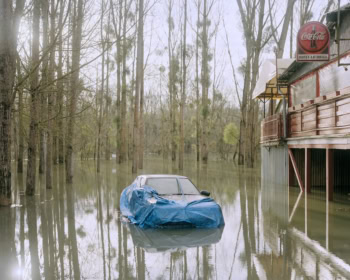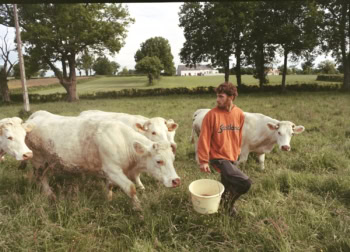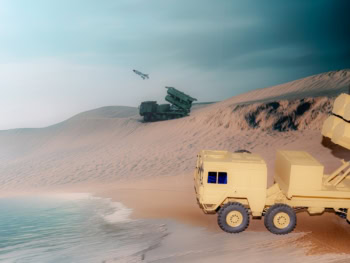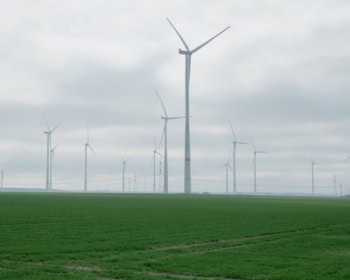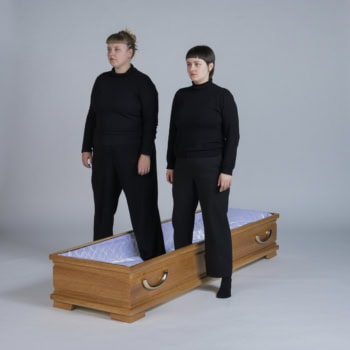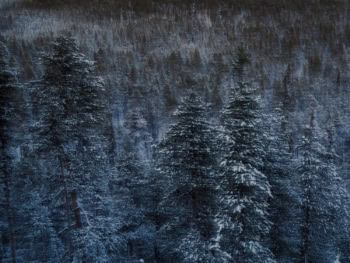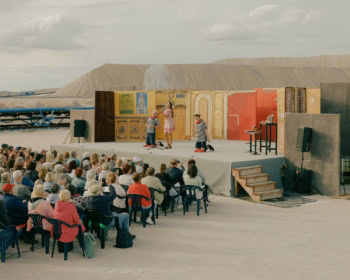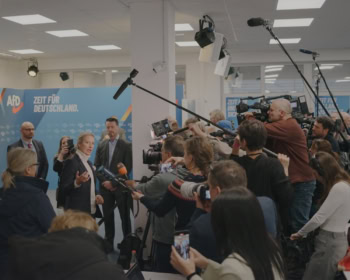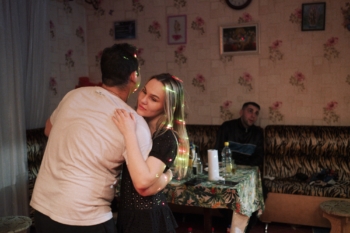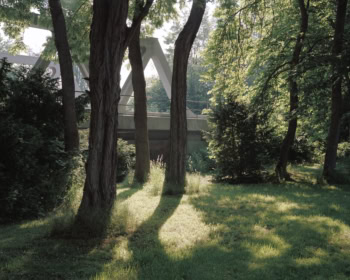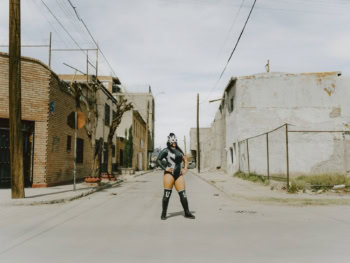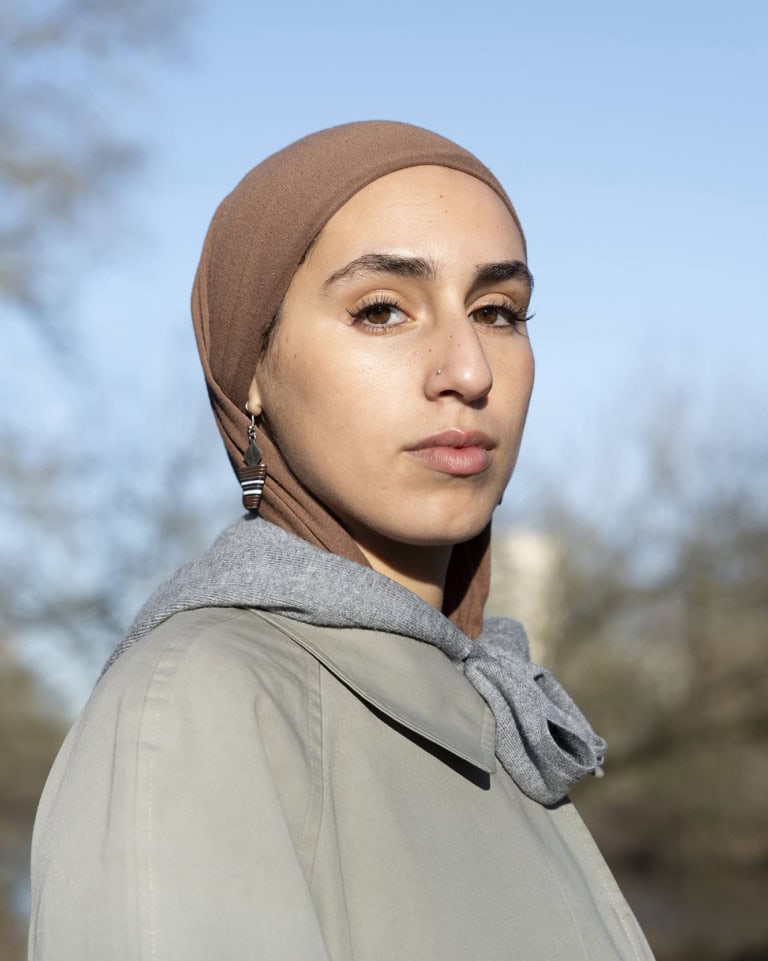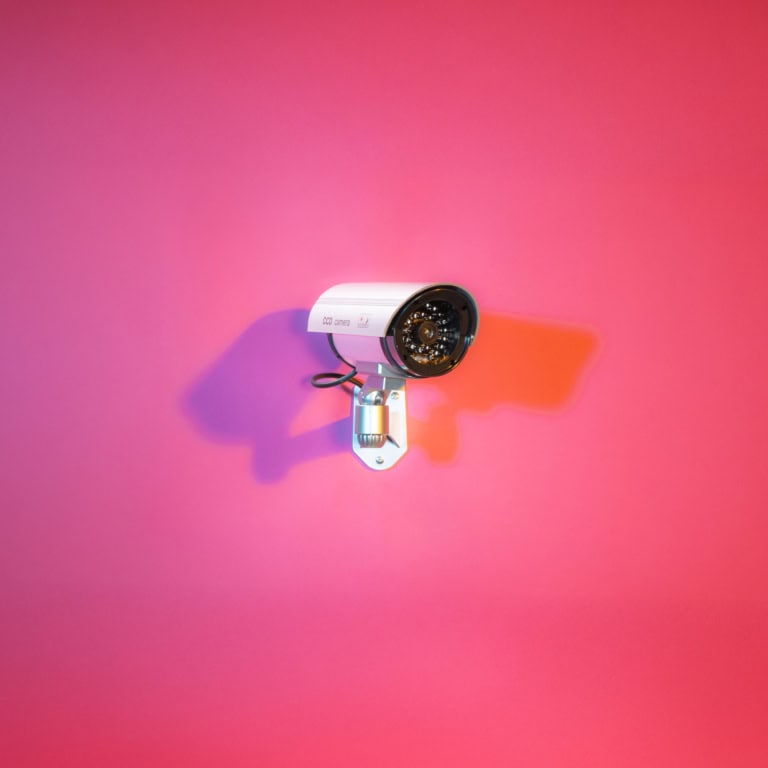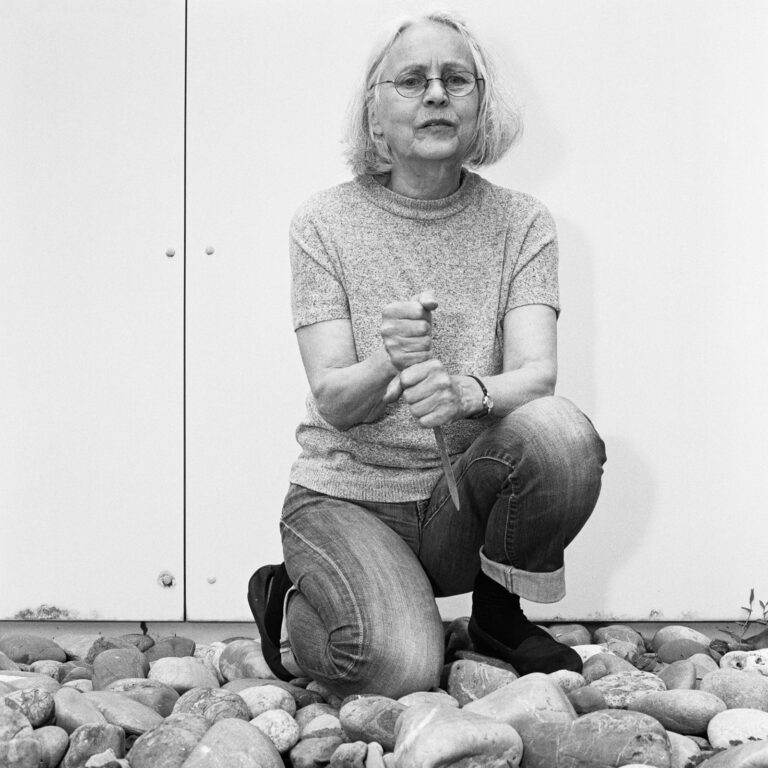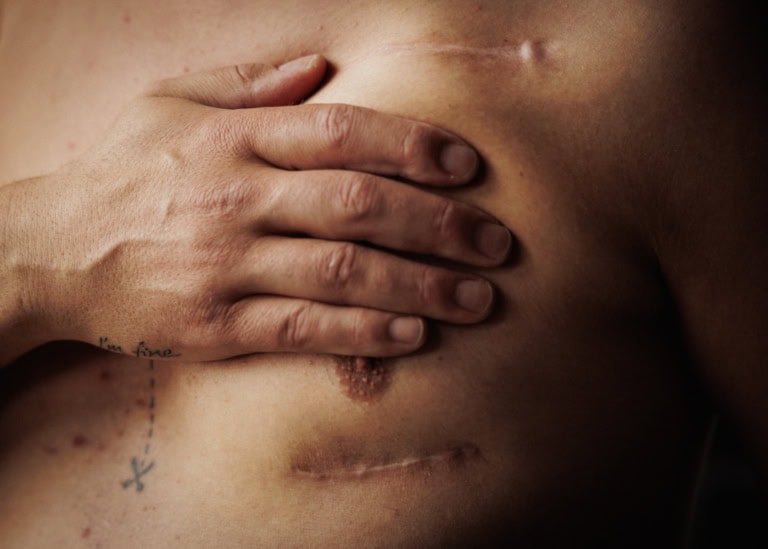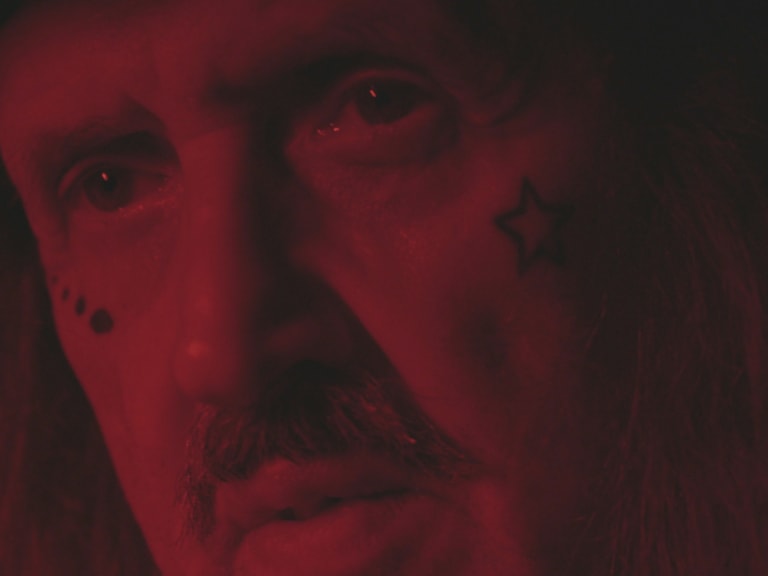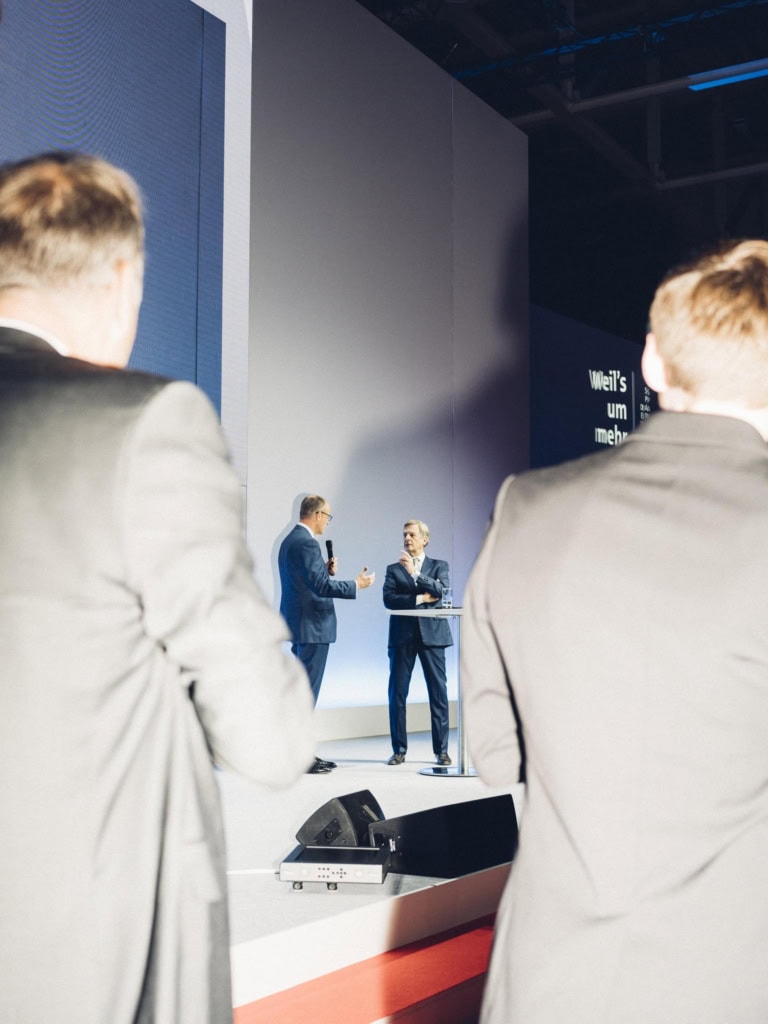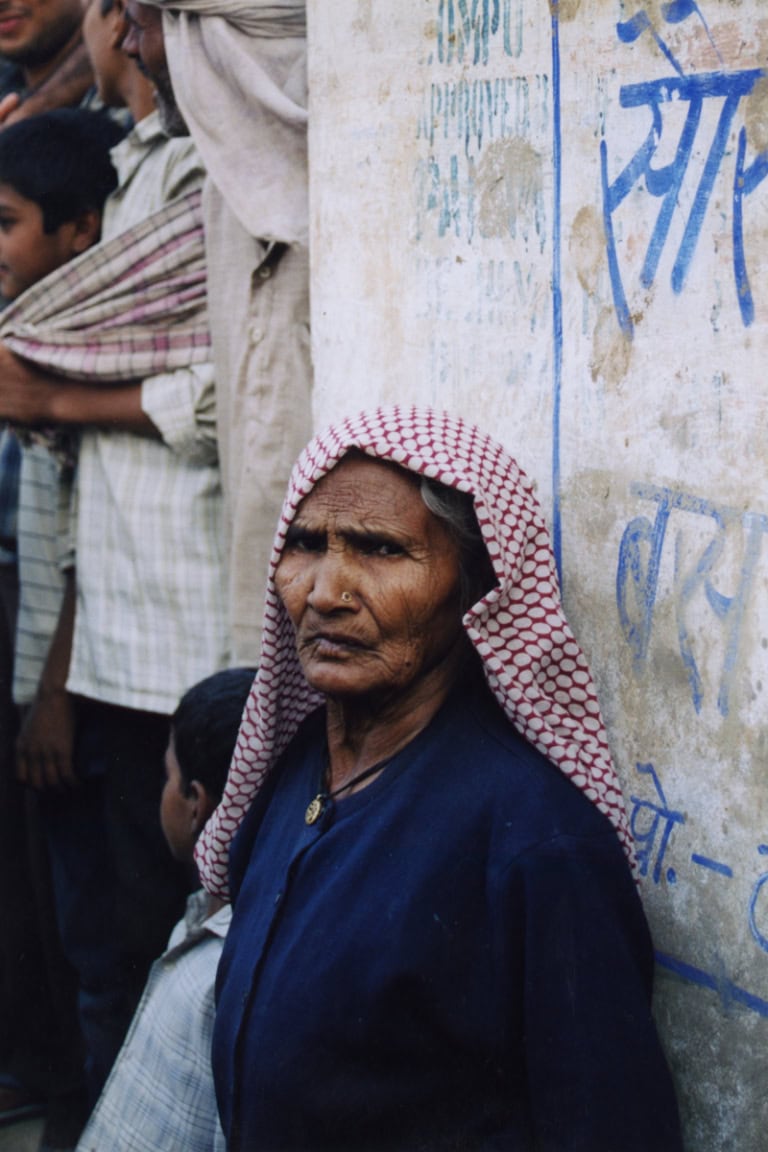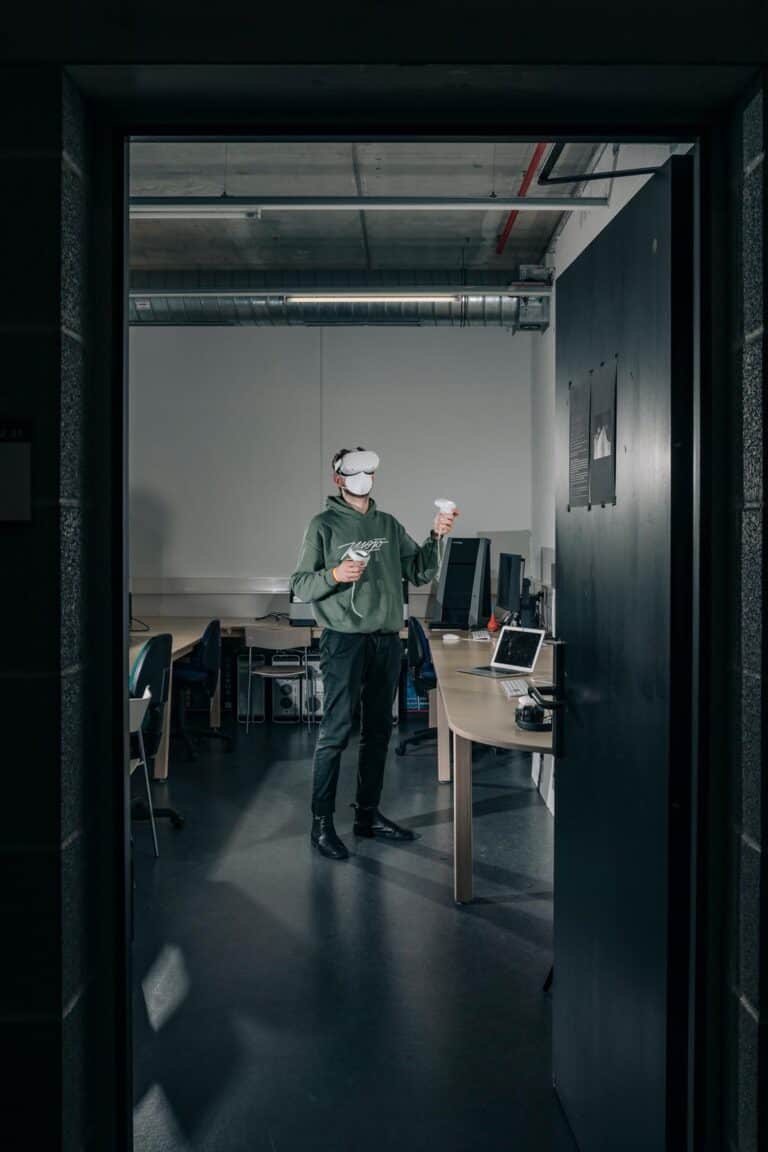From negative to digital archive. How documentary photographers in Hannover use large format photography.
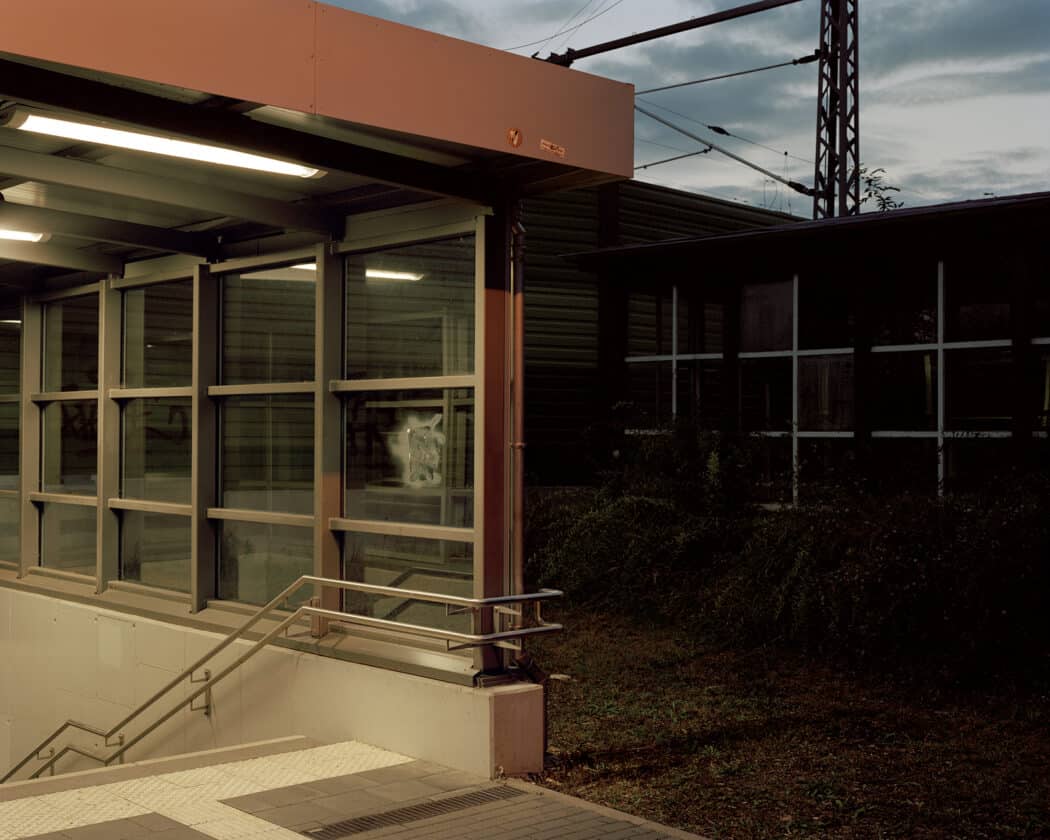 Gaschwitz, 29/12/1998: In a telephone booth at the train station, Nuno L., a carpenter, is talking to his family in Portugal. It is his 49th birthday. And the day Germany is eliminated from the World Cup. Eight neo-Nazis take this as an opportunity for an orgy of violence. They attack L. in the cell. Months later, he dies from his injuries. Photo: Julius Schien
Gaschwitz, 29/12/1998: In a telephone booth at the train station, Nuno L., a carpenter, is talking to his family in Portugal. It is his 49th birthday. And the day Germany is eliminated from the World Cup. Eight neo-Nazis take this as an opportunity for an orgy of violence. They attack L. in the cell. Months later, he dies from his injuries. Photo: Julius Schien
Although most photographers use digital cameras these days, a small group still relies on the traditional method of large-format analogue photography. The format impresses with its high resolution. Prints from 4×5 negatives look correspondingly detailed. In addition, with large format cameras, the focus can be adjusted to specific areas of the image.
However, there are some disadvantages associated with large-format analogue photography. Film material is hard to come by and is getting increasingly expensive. Ten sheets of 4×5 colour negative film cost around €80. In addition, the cameras are usually heavy and bulky. A tripod is indispensable.
For Julius Schien, a student in the Visual Journalism and Documentary Photography programme in Hannover, the deceleration makes it so appealing: «By slowing down the process, I inevitably engage more with my subject.»
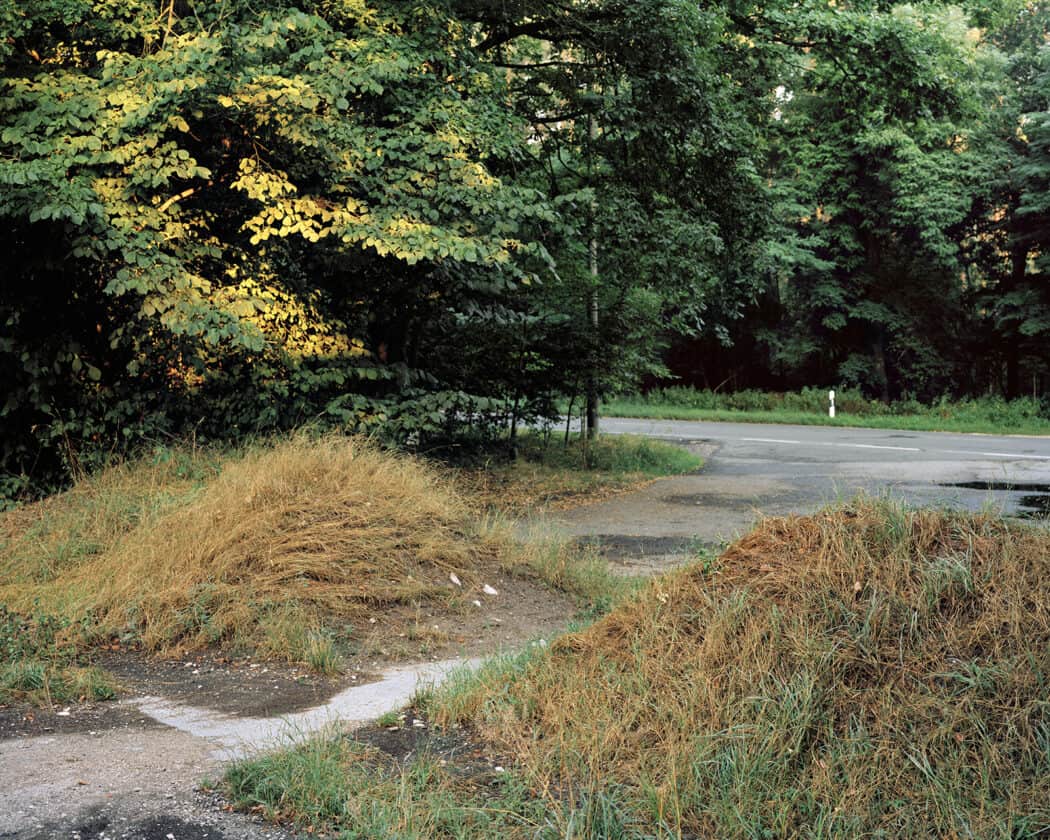 Photo: Julius Schien
Photo: Julius Schien
Enver Ş. struggles with death for two days. The perpetrators shot at him with two pistols. Eight bullets hit him – five of them on his head. On September 11, 2000, the doctors pronounced death. Enver Ş. is the first victim of the terrorist neo-Nazi group «National Socialist Underground» (NSU).
Schien is an example of how documentary photographers combine analogue camera technology and digital publication today: For his project on crime scenes of right-wing violence, he travelled all over Germany with his Toyo Field 45A. The results will be presented in an interactive archive to the public. He is currently working on this concept in the «Online Publication» seminar at the Hannover University of Applied Sciences and Arts.
Julius Schien recently shared his knowledge with his fellow students at a workshop. After a brief technical introduction, students could try their hand at the in-house 4×5-inch large-format cameras and then develop and digitize the negatives in the course’s labs. Thanks to the positive feedback and the great interest in the workshop, there will be another introduction to the large format for interested students in the summer semester of 2023.
We created this post with support from SE Ranking and the assistance of tools from Jasper AI and OpenAI.
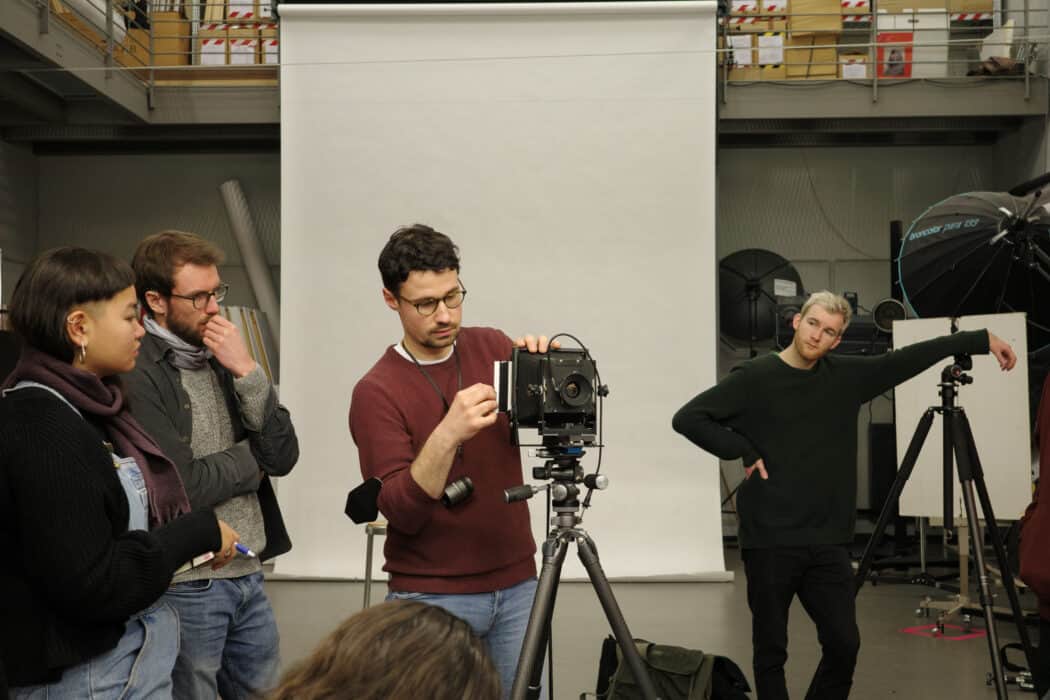 By students for students: In the workshop on large-format photography, Michael Matthey (pictured here in the centre), Ludwig Nikulski, Lenny Steinhauer and Julius Schien share their experiences. Photo: Fabian Niebauer
By students for students: In the workshop on large-format photography, Michael Matthey (pictured here in the centre), Ludwig Nikulski, Lenny Steinhauer and Julius Schien share their experiences. Photo: Fabian Niebauer
Your contact partners will be happy to assist you with your personal concerns. However, due to the large number of enquiries, we ask you to first check our FAQ to see if your question may already have been answered.
Dean of Studies, Design and Media department
Programme representative
Application and admission procedure
Hochschule Hannover
Faculty III – Media, Information and Design
Expo Plaza 2
D-30539 Hanover
